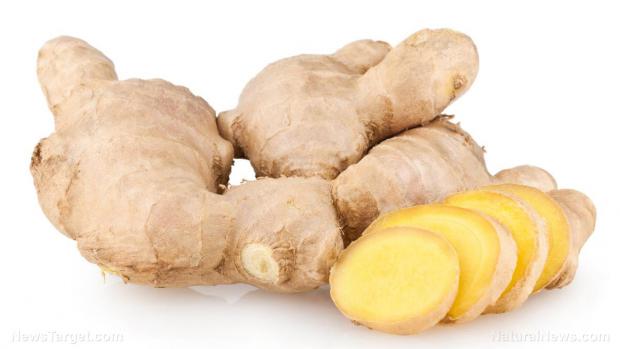
Breaking News
 This Is The Most Energy-Rich Molecule In The World
This Is The Most Energy-Rich Molecule In The World
 Jimmy Dore Compares Trump's Endorsement of Overthrowing Libya to His Actions in Venezuela
Jimmy Dore Compares Trump's Endorsement of Overthrowing Libya to His Actions in Venezuela
 Pfizer mRNA Found in Over 88% of Human Placentas, Sperm, and Blood -- and in 50% of Unvaccinated...
Pfizer mRNA Found in Over 88% of Human Placentas, Sperm, and Blood -- and in 50% of Unvaccinated...
Top Tech News
 Build a Greenhouse HEATER that Lasts 10-15 DAYS!
Build a Greenhouse HEATER that Lasts 10-15 DAYS!
 Look at the genius idea he came up with using this tank that nobody wanted
Look at the genius idea he came up with using this tank that nobody wanted
 Latest Comet 3I Atlas Anomolies Like the Impossible 600,000 Mile Long Sunward Tail
Latest Comet 3I Atlas Anomolies Like the Impossible 600,000 Mile Long Sunward Tail
 Tesla Just Opened Its Biggest Supercharger Station Ever--And It's Powered By Solar And Batteries
Tesla Just Opened Its Biggest Supercharger Station Ever--And It's Powered By Solar And Batteries
 Your body already knows how to regrow limbs. We just haven't figured out how to turn it on yet.
Your body already knows how to regrow limbs. We just haven't figured out how to turn it on yet.
 We've wiretapped the gut-brain hotline to decode signals driving disease
We've wiretapped the gut-brain hotline to decode signals driving disease
 3D-printable concrete alternative hardens in three days, not four weeks
3D-printable concrete alternative hardens in three days, not four weeks
 Could satellite-beaming planes and airships make SpaceX's Starlink obsolete?
Could satellite-beaming planes and airships make SpaceX's Starlink obsolete?
Ginger: The ancient root of wellness and flavor

This knobby, fibrous root has been a cornerstone of culinary and medicinal traditions for thousands of years.
Garlic's versatility as a spice, healing herb and superfood has earned it a place in kitchens and apothecaries worldwide. From its ancient origins to its modern-day applications, ginger continues to captivate with its potent flavor, vibrant color and remarkable health benefits.
Brief history of ginger
Ginger's story begins in the lush tropical regions of Southeast Asia, where it is believed to have originated over 5,000 years ago. Ancient Chinese and Indian texts document ginger's use as a medicinal herb and culinary spice.
By the 1st century CE, ginger had made its way to the Mediterranean via the Silk Road, becoming a prized commodity in ancient Roman and Greek societies. During the Middle Ages, ginger was one of the most sought-after spices in Europe, often used to mask the taste of preserved meats.
During the Age of Exploration, ginger played a surprising role in maritime history. Sailors often carried ginger root on long voyages to prevent scurvy and seasickness. Ginger's ability to preserve food and alleviate nausea made it an invaluable companion on treacherous journeys across the seas.
Today, ginger is cultivated in warm, humid climates across the globe, with India, China, Nigeria and Indonesia being its largest producers. Ginger's adaptability to different growing conditions has made it a staple in tropical and subtropical regions, where it thrives in well-drained, fertile soils.
Ginger root is easily recognizable by its irregular, knobby shape and pale brown skin. When peeled, ginger root reveals a vibrant yellow flesh that is fibrous and juicy. Ginger's flavor is a complex blend of spicy, sweet and slightly citrusy notes, with a pungent aroma that awakens the senses.
Phytonutrients and health benefits
Ginger's therapeutic properties stem from its rich array of bioactive compounds, such as gingerols, shogaols, paradols and zingerone. Gingerols, the most extensively studied of these compounds, are responsible for ginger's anti-inflammatory and antioxidant effects. Shogaols, which form when ginger is dried or cooked, contribute to its pungent flavor and potent medicinal qualities.
Ginger's medicinal uses are as diverse as its culinary applications. Ginger is traditionally used to alleviate nausea, bloating and indigestion. Modern research supports these claims, showing that ginger can effectively relieve nausea caused by pregnancy, chemotherapy and motion sickness.

 Really good questions...
Really good questions... First totally synthetic human brain model has been realized
First totally synthetic human brain model has been realized Mach-23 potato gun to shoot satellites into space
Mach-23 potato gun to shoot satellites into space

